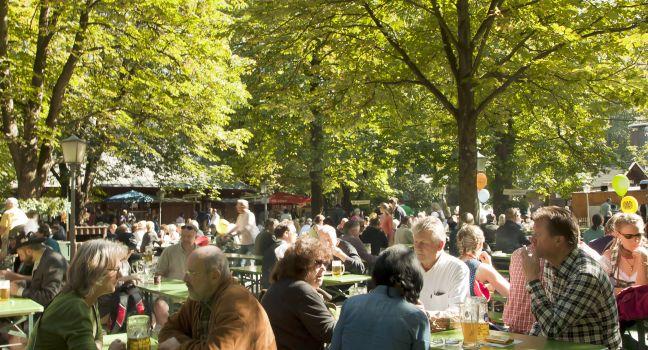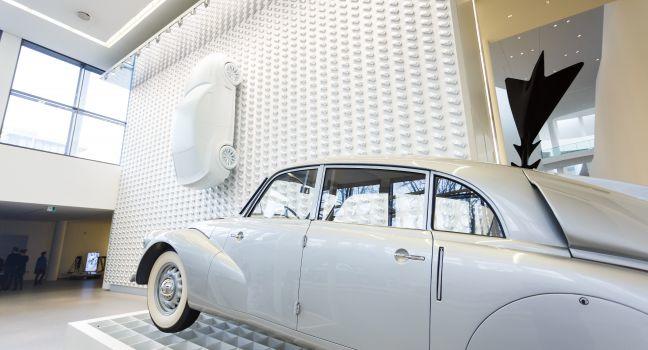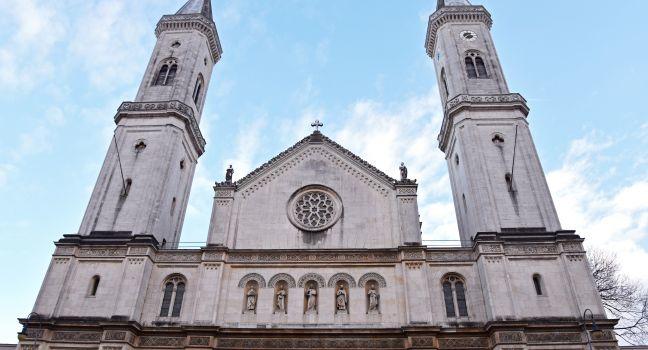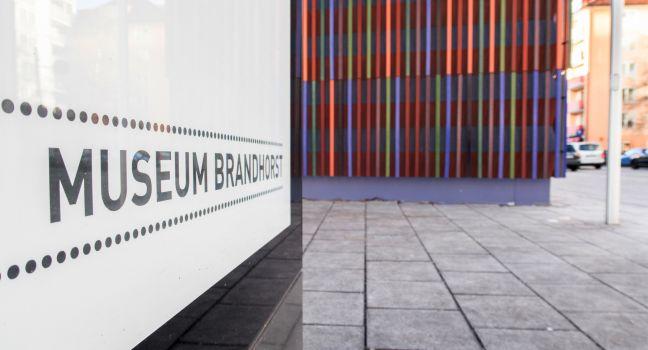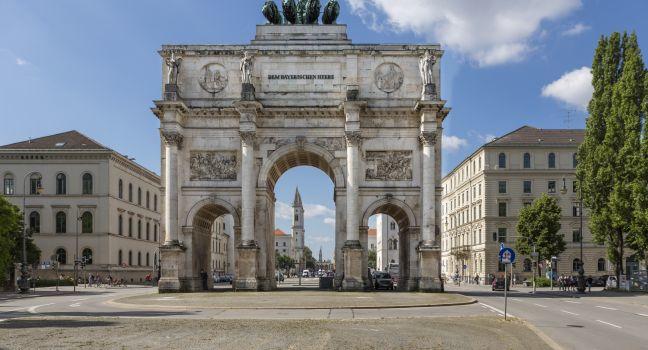Alte Pinakothek
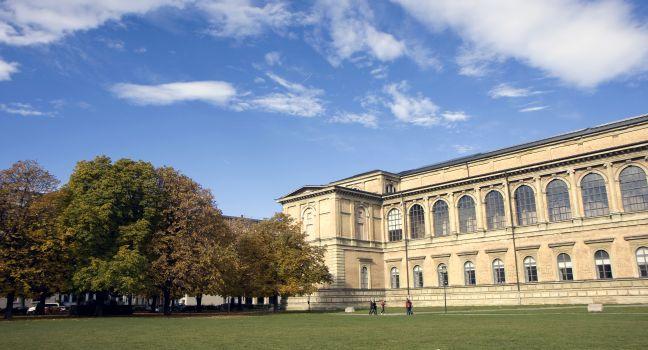
With numerous Old Master paintings from the Netherlands, Italy, France, and Germany, the Alte Pinakothek holds one of the most significant art collections in the world. It was originally constructed by Leo von Klenze between 1826 and 1836 to exhibit the collection of 14th- to 18th-century works (started by Duke Wilhelm IV in the 16th century). The collection comprises more than 700 pieces, including masterpieces by Dürer, Titian, Rembrandt, Da Vinci, Rubens (the museum has one of the world's largest Rubens collections), and two celebrated Murillos. While the neighboring Neue Pinakothek is closed for renovations until 2027, a rotating selection from its fine collection of 19th-century art is on view in the lower gallery.
